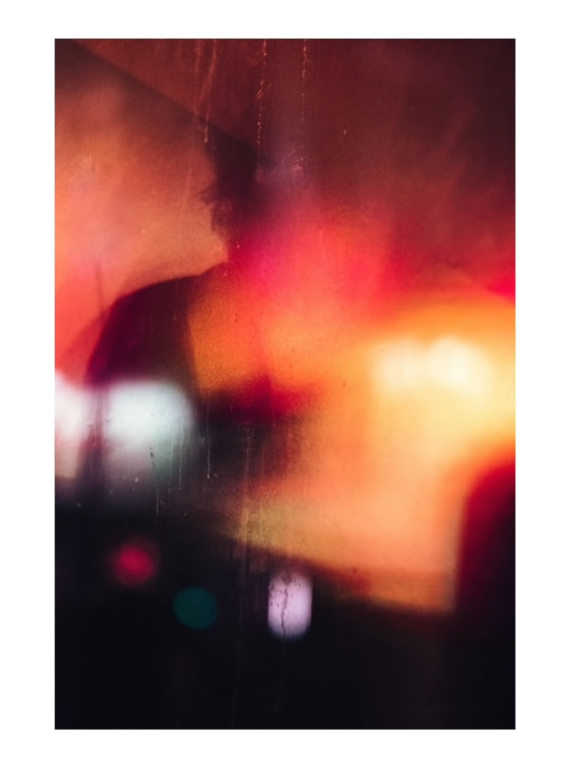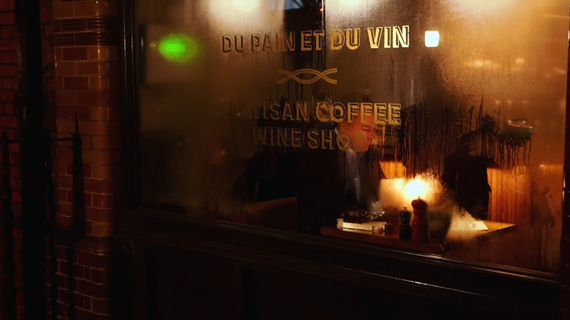It’s always a great feeling to listen to how other photographers work. You get to learn a lot from their experiences, skills, and workflow. In this video, photographer Sean Tucker heads out to the streets of London with Joshua K. Jackson, who shares his street photography philosophy. He also shares how he uses the concept of “the curiosity gap” to mask and abstract his subjects:
Here are some key takeaways from the conversation with Jackson:
Adjust Your Working Style to Time of Day
Every action that you see during the day can be a photo opportunity. Photographing during the day is more subject driven.
But the same is not true when you’re shooting after dark. When the light is low, Jackson looks for light sources first and then looks to see if there’s anything happening around the light.
“At nighttime, the only thing you have to work with are the light sources. So, in a way you’re a little bit like a moth and you’re drawn towards those.”
Incorporate Colors
Living in a vibrant and multi-cultural city like London, Jackson makes sure the colors in his images reflect this feeling. And that’s why he likes to make use of striking colors in his images. Colors can also be used to engage the viewers more and make them think about what you want to tell them.
“Use of colors is another way to add another layer to the photo for the viewer to interpret. So knowing a little bit of color theory can help to have a gut feeling as to what will work and what won’t.”
Look for Things That Are Out of the Ordinary
When taking photographs, Jackson doesn’t like to have any sort of fixed expectations. He likes to have an open mind and makes sure to keep an eye out for things that are out of the ordinary.
“One thing that I’m doing a lot of at the moment is I’m incorporating temporary things into my photos to create unrepeatable moments.”
Use the Curiosity Gap
“The curiosity gap is creating a hole or a space that the viewer needs to fill in some way. You drive the desire in them to want to learn more.”
This concept is often used by filmmakers and marketers. Photographers too can use the curiosity gap to create engaging images. Jackson creates this gap by holding some of the information back from the viewer. This forces the viewers to lean in to learn more about what’s going on.
Jackson suggests the following ways to create curiosity gaps in your images:
- use abstraction to create a sense of mystery
- shoot at slow shutter speeds for a sense of motion
- capture silhouettes and deep shadows
- use the double exposure technique
These were some of the principles that Jackson abides by to define his workflow and style. While it’s not necessary to hold to all the same ideas religiously, it does help to understand how he works and come up with your own style.
Like This Article?
Don't Miss The Next One!
Join over 100,000 photographers of all experience levels who receive our free photography tips and articles to stay current:







Leave a Reply